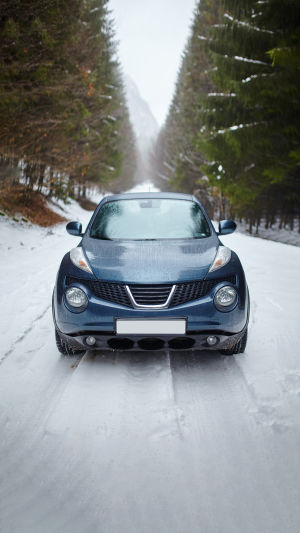Driving in snowy conditions can be a challenging and potentially hazardous experience.
It requires a heightened level of caution and preparedness to ensure the safety of both the driver and others on the road.
Preparing your vehicle for winter driving is essential. Ensure your tires have enough tread depth and are properly inflated for optimal traction on slippery roads. Consider using snow tires or chains for added grip in icy or snowy conditions. Adjust your driving style by accelerating and decelerating slowly to prevent skidding or loss of control. Avoid sudden, harsh movements that could lead to sliding, making it more challenging to regain control. These precautions will enhance your vehicle's handling and braking capabilities in winter conditions.
Proper braking is crucial in snowy conditions. Utilize the "pulse and glide" technique by gently applying pressure on the brakes and periodically releasing them to prevent skidding.
Ensure optimal visibility by clearing all snow and ice from your windshield, windows, and mirrors before starting your drive. Maintain a clear line of sight, avoiding obstructions that may hinder your ability to see the road ahead. Keep your headlights on, ensuring they are clean and properly aimed. When driving in the snow, use low beams, as high beams can reflect off the snow, impairing visibility. These practices contribute to safer driving in snowy weather.
Maintaining a sufficient distance between vehicles is crucial for safe driving in snowy conditions. Increase your following distance to account for decreased stopping power on slippery surfaces, creating a buffer for sudden stops or skids. Avoid abrupt lane changes or aggressive maneuvers to prevent loss of control.
Additionally, be prepared for emergencies while driving in the snow. Keep a winter survival kit in your car, including essentials like extra warm clothing, blankets, a flashlight, a first aid kit, water, and non-perishable food items. This preparation ensures you are equipped to handle unforeseen situations in winter weather.
In the event of a breakdown or getting stuck, the supplies in your winter survival kit can prove invaluable while waiting for help to arrive. Stay updated with weather and road conditions, a crucial aspect of safe driving in the snow. Before setting off, check the weather forecast and any road advisories or warnings. Listen to local traffic reports or use navigation apps that provide real-time updates. If conditions are severe, consider postponing your trip or exploring alternative means of transportation for enhanced safety.





